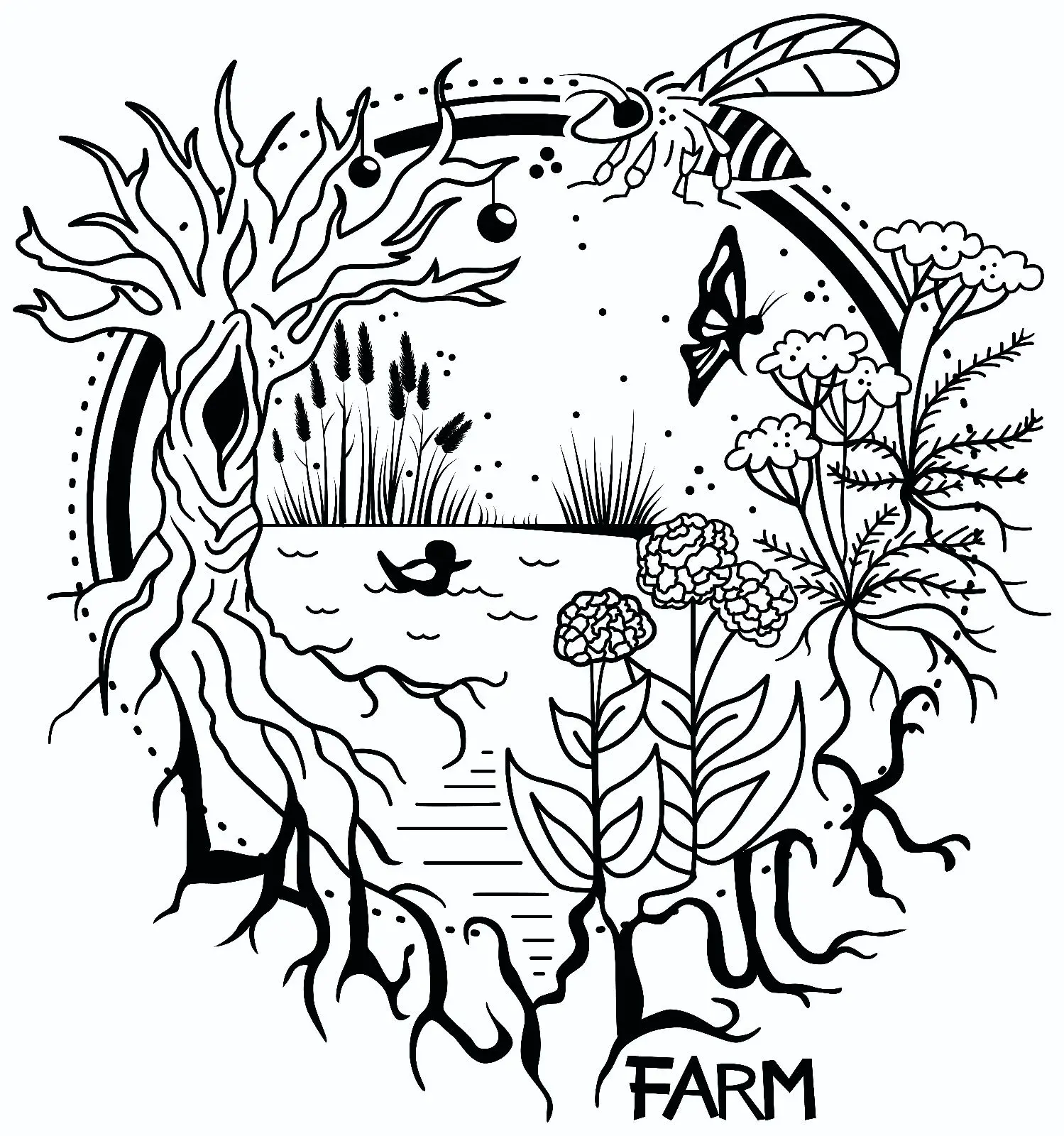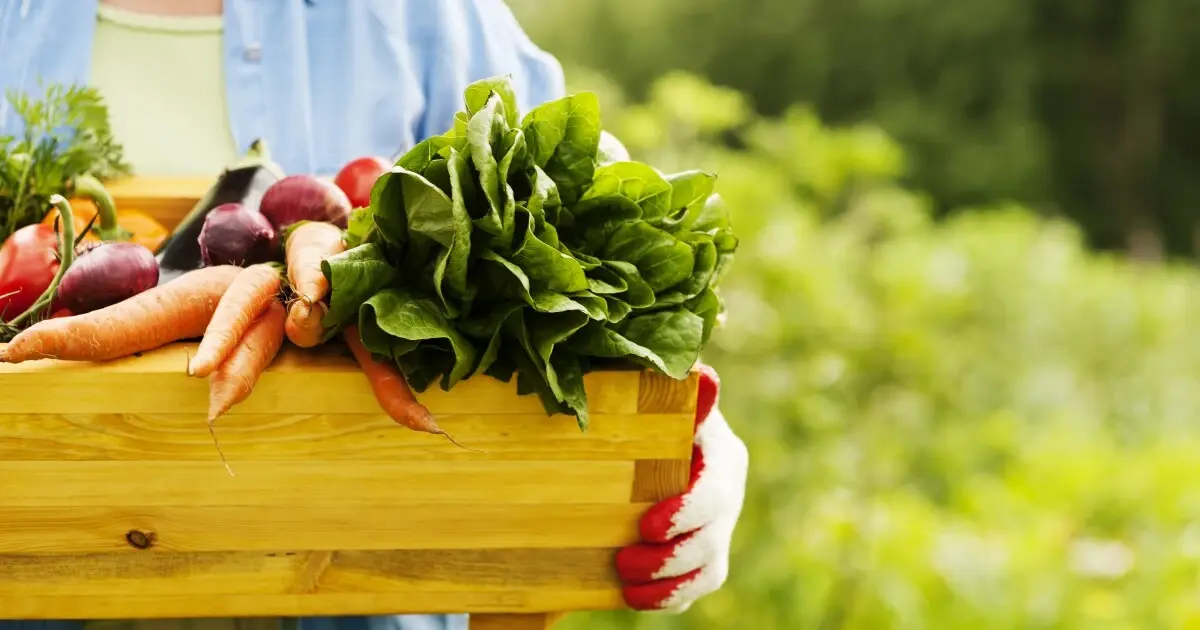- cross-posted to:
- ecology@mander.xyz
- cross-posted to:
- ecology@mander.xyz

While (imo) long overdue, the updated USDA Hardiness Zone map is just average lowest temperature. It’s good to have that as a data point, but I think it’s better utilized when cross referenced with something like the Köppen classification system - my preferred version of this is the Trewartha classification system.
Have any good links for that handy?

I think this here is a really good explanation of this type of climate classification system.
Nice! Thank you!
Yes, that is a much better representation of what is growing in a given spot, but I can see why the hardiness map is more useful for gardeners who will: choose how to amend their soil, how much watering to do, and what protection to give. For people actively choosing the plants they will to tend to, the threat of temperatures is the hardest to handle. That said, I have plants I bring inside for the winter, so even frost is avoidable if you don’t have too much to insulate.

You’re very welcome!
Don’t get me wrong - I’m very happy for a more accessible GIS overlay along with the temperature guidelines, it makes the tool a much better way to determine gardening strategies in whatever form growers use. And many of our own plant selections factor the cold hardiness into our considerations, both in a survivability capacity and as part of our personal efforts to factor climate change and assisted migration into our plans.
With a lighthearted and congenial intention: hardiness is easy when you’re planting natives!

A couple of years ago i started to read about the destructive nature of invasive plant-and animal species and decided to exclusively focus on planting native plants only, both in our little pond and in our garden. Unfortunately, garden centers sell a lot of invasive species, i don’t think there is any regulation (just yet) and most people who work there probably don’t even know anything about this

It’s incredibly challenging at times to find genetically diverse native plants rather than nativars and cultivar exotics. Depending on where you are, there is likely to be some regulation about the plants that are saleable - I have a 500+ page document outlining all plant material regulations for each US state which covers banned species/listed invasives, requirements for shipping with substrates, and a host of other regulations that govern what plants I’m allowed to ship where, and how.
My advice would be to go to some of the smaller mom & pop nurseries around you (if possible) and ask about how they grow their perennials - do they grow from seed, or from plugs? If from plugs, can they tell you their source nursery? Do they know a grower who focuses their operation on less showy natives, or who does restoration work?
Is there a native plant society in your area? If so, get in touch with or join them. They’re likely to have resources you can draw upon, and more likely to do plant swaps and seed exchanges. If you’re in the US, see if your state has a state nursery you can order plants from. Our state doesn’t have one, but the Master Gardener programs run plant sales to fund their community work and that’s another good way to get native plants with a bonus of supporting the community.

Apologies, i completely forgot to check my inbox! I’m not in the US and we don’t have a lot of nurseries around and nothing that focuses on native, organic plants, or caring about genetics. I was aware of the genetical issues, since i follow some nature blogs that focus on the things happening in our country, for instance the problems with importing tree seeds that seem native, but genetically they are not really, which - or so i heard - is also a problem for our insects.
Thank you for your reply and have a great weekend

Thank you! I’ve advocated the koppen climate classifications for years into a void, but I’d never heard of trewartha!

<3 there are dozens of us!

